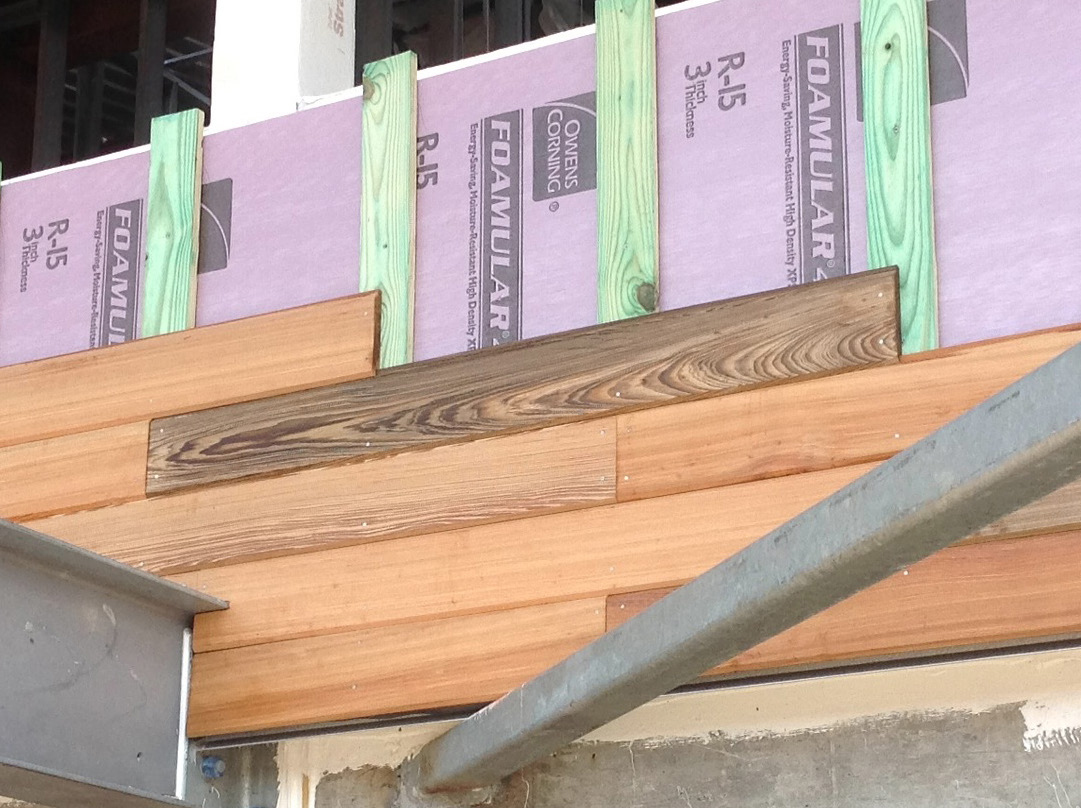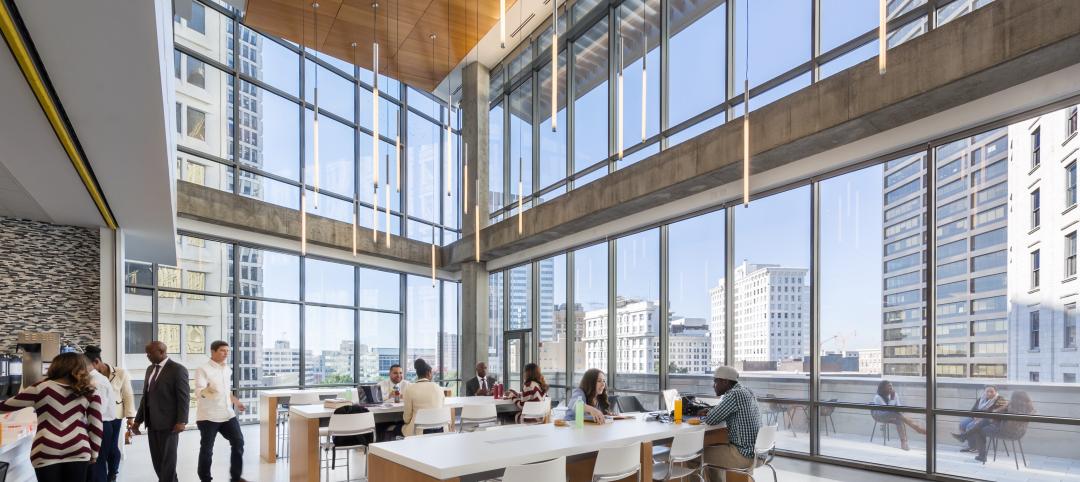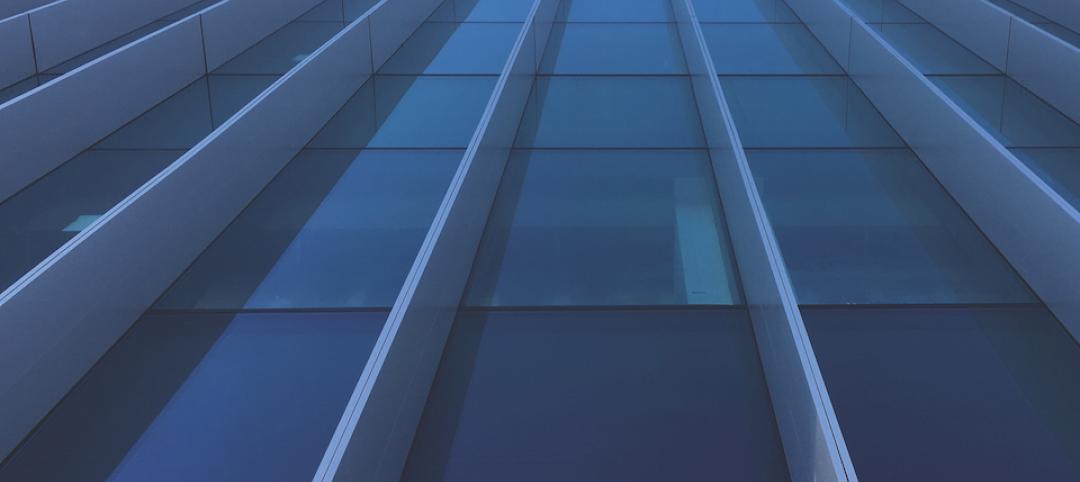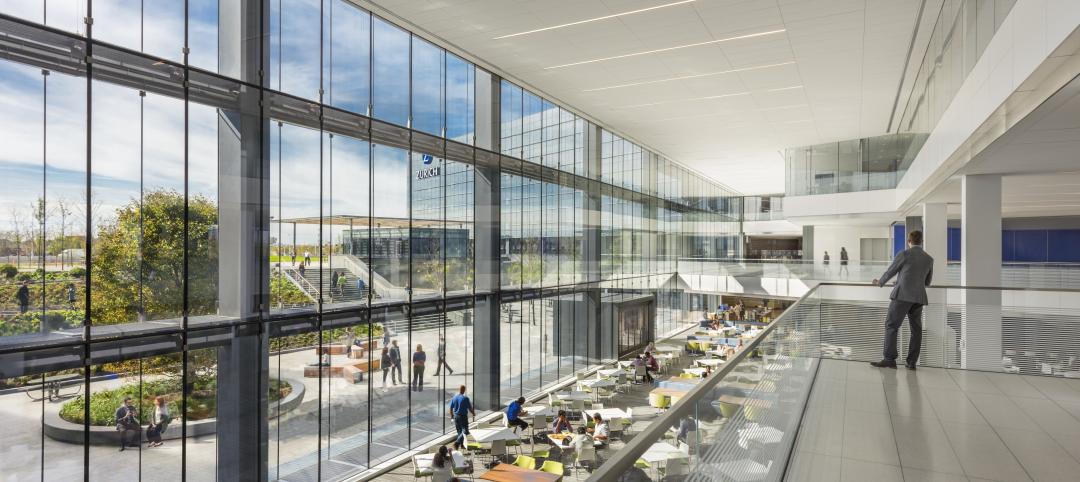The ever-growing concern about what the state of the earth will be for future generations has sustainability at the forefront of today’s building concepts, particularly in commercial sectors. It’s driving Building Teams to seek ways to make structures both energy-efficient and sustainable, all while still remaining at a reasonable cost. From AEC firms to product manufacturers, sustainability has evolved into a core business strategy.
“Our commitment to sustainability drives us to consider the economic, social, and environmental impacts of everything we do,” says Gale Tedhams, director of sustainability for Owens Corning. This includes meeting the growing demand for product transparency, defined as the practice of disclosing details pertaining to products and services. One such example is the creation of environmental product declarations (EPDs), which quantify the environmental impact of a product or system in a life cycle assessment (LCA). At Owens Corning, EPDs are regularly used for its commercial product solutions, according to Tedhams.
“With third-party certifications, architects have transparent information that provides confidence that they are choosing the best product solutions for their project to reduce environmental impact,” says Tedhams. She adds that in addition to EPDs, Owens Corning is pursuing the Material Health Certificate with Cradle to Cradle (C2C) across its solutions. This documentation includes ingredient chemistry and material content disclosure that address the health impact of product materials, says Tedhams.
Another benefit of third-party certifications is the assurance that the product under consideration will meet green building criteria, a growing requirement in building codes at municipal and state levels. C2C’s Material Health Certificate was recently recognized by the U.S. Green Building Council (USGBC) as contributing toward potential Materials and Resources points in LEED v4, says Tedhams.
With buildings consuming as much as nearly 40 percent of the nation’s energy in order to heat, cool, light, ventilate, and provide hot water[1], and the additional attention to occupant health, comfort and productivity, product transparency is becoming a central part of the sustainability strategy for many AEC firms. Newer technologies in HVAC, appliances, windows and doors, lighting, and building envelopes have emerged to provide better energy efficiency,more long-term cost savings to owners,[2] and an environment that enhances the human experience.
Says Tedhams: “Ultimately, the goal is to have our handprint overcome our footprint, to be a net positive company through the products we make and actions we take, [and] to boost energy efficiency in houses and commercial buildings, transportation, and renewable energy.”
References
[1] https://www.energycodes.gov/top-ten-reasons-building-energy-codes
Related Stories
Sponsored | Performing Arts Centers | Jan 17, 2024
Performance-based facilities for performing arts boost the bottom line
A look at design trends for “budget-wise” performing arts facilities reveals ways in which well-planned and well-built facilities help performers and audiences get the most out of the arts. This continuing education course is worth 1.0 AIA learning unit.
Sponsored | Multifamily Housing | May 8, 2022
Choosing the right paver system for rooftop amenity spaces
This AIA course by Hoffmann Architects offers best practices for choosing the right paver system for rooftop amenity spaces in multifamily buildings.
Sponsored | BD+C University Course | Apr 19, 2022
Multi-story building systems and selection criteria
This course outlines the attributes, functions, benefits, limits, and acoustic qualities of composite deck slabs. It reviews the three primary types of composite systems that represent the full range of long-span composite floor systems and examines the criteria for their selection, design, and engineering.
Sponsored | BD+C University Course | Jan 12, 2022
Total steel project performance
This instructor-led video course discusses actual project scenarios where collaborative steel joist and deck design have reduced total-project costs. In an era when incomplete structural drawings are a growing concern for our industry, the course reveals hidden costs and risks that can be avoided.

















